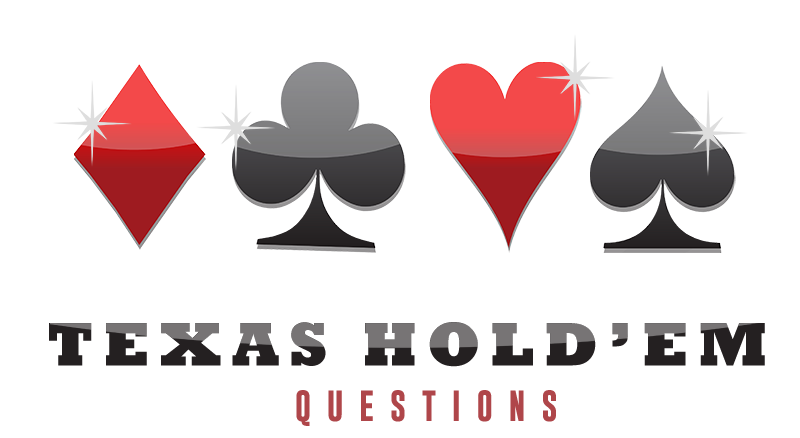Post flop poker is something many players struggle with. On inspection, most players issues actually arise when playing the turn card. The flop can be relatively straight forward. You’ve either hit or you haven’t. You either have a draw or you don’t. I know this is very simplistic as we are disregarding lots of factors but you know what I mean, most players know on the flop whether their hand has value or potential.
The river is the where the hand concludes and you have the most information. There are no future decisions to be made when there’s no cards to come.
The turn however, is a key card to play. The pot is bigger, there are plenty of community cards and pieces of information available and you need to make important mathematical decisions. In this article, we’re going to look at some critical elements to playing the turn well. We’ll highlight the different attitudes you can have on the turn and illustrate this with example hands too.
Turn Poker Strategy
As previously stated, after the turn card has been dealt, you will have a lot of information. This is especially true if you are in position. If we are acting last on the turn, we have 75% of the hand complete and 3 or more actions from our opponents.
At this point, an expert player will have a good idea of their opponents range of hands. By process of elimination, we can group them into different categories with a reasonable degree of accuracy.
As such, there are five attitudes we can adopt, based on our hand strength and perception of our opponent’s likely holdings.
- Value or Protection Bet: We think we have the best hand and want to charge our opponent(s) and extract value
- Bluff: We don’t think our hand is best but think our opponents will fold to aggression
- Pot Control: We’re unsure whether we have the best hand or not. Our bet will not stand up to a check-raise and a bet is just as likely to get called by a stronger hand than a weaker one
- Give Up: We think we’re beat and don’t think a bluff is likely to work
- Drawing: We are hoping to hit a straight or flush
These are the 5 key mindsets on the turn. The tricky part is understanding and implementing the correct mindset. Picking the wrong one can mean losing money, particularly on the best sites to play poker where regs are common. When you consider the pot is likely to be larger, making poor decisions can have a terrible impact on your win rate.
Let’s look at examples:
Value & Protection Bet on the Turn
Game: NL $50 6 Max
Player A (experienced TAG) opens to $1.50 from UTG + 1. It folds to us in the SB and we call with pockets 6s. He has $55 and we have $52.

The flop comes: 6d 8d Jh
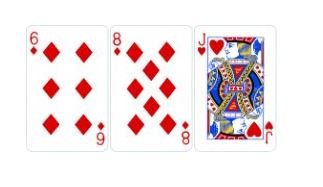
We decide to donk-bet $2.50 and he calls.
Turn card comes: Ks
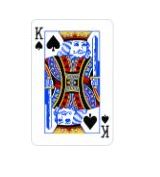
We bet $6 and he folds.
Explanation
With our monster hand of three sixes, we want to bet our hand for value and protection against draws. This is a fairly easy decision. Obviously, out of position we have the option to check-raise too but we risk our opponent checking back for free.
Bluffing on the Turn
Game: NL $25 Full Ring
A nitty regular opens from middle position to $0.75 and we call in cut-off with 7s 9s. He has $27 and we have $25.50.
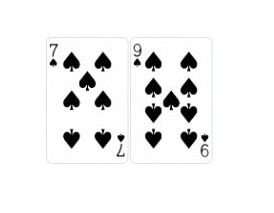
The flop comes : 2c 5s 6h
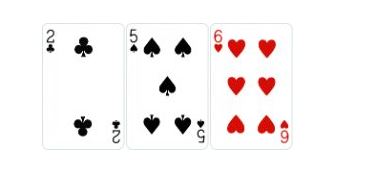
He bets $0.85c and we call with our overcards and gutshot straight draw.
Turn: 3d

He checks, we bet $1.90 and he folds.
Explanation
Our opponent is tight and could easily have missed this flop so we have an perfectly reasonable call on flop. We can either improve to best hand or potentially take it away on a later round.
The turn is another low card bringing a potential straight. After our opponent checks, we have an easy steal attempt. He is unlikely to be holding a four raising from middle position and is likely to have big cards that missed.
Furthermore, if he has an overpair, he won’t love this turn card as we can represent a hand containing a four easily. If he calls our turn bet we can be fairly sure he has an overpair but this makes up a small percentage of his overall range. We can then decide what to do on the river.
Pot Control on the Turn
Game: NL $100 6 Max
It folds to us on the button and we raise to $2.50 with Jd 7d. A strong regular calls from the small blind and the big blind folds. We have $121 and he has $190.
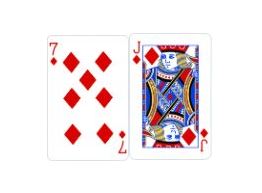
The flop comes: 7c 9d Qc
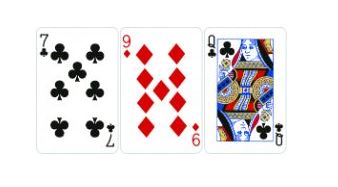
He checks to us and we bet $3. He calls.
The turn comes: 6h.
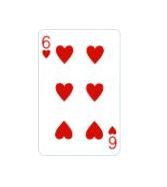
He checks and so do we.
Explanation
This is a fairly standard check back. We opted to continuation bet on the flop with our bottom pair expecting to have the best hand a reasonable amount of the time. After our opponent flat calls, our relative hand strength goes down. We might very well have the best hand here as our opponent can certainly have drawing hands or even weaker made hands like pocket fives. However, given our hand is quite weak, we will want to pot control and show our hand down cheaply.

Giving up on the Turn
Game: NL $50 6 Max
A decent LAG opens from UTG to $1 and we defend the big blind with As 3s. He has $54 and we have $72.
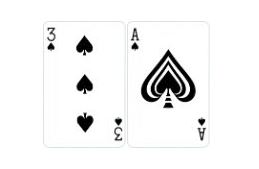
The flop comes: 3d 9c Jd

We check, he bets $1.50 and we make it $5. He calls.
Turn comes : Qs
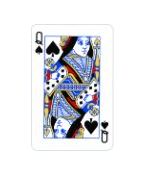
We check, he bets $9 and we fold.
Explanation
Our opponent made a min raise so we defended with the suited ace. We’ve connected with bottom pair but it’s a dangerous flop texture with straight and flush draws. We opt to check-raise, hoping he will fold obviously. He opts to call and now the turn brings an overcard and straight possibility too. We opt to check and fold. After our opponent called the check raise, we’ve given him a fairly solid range which might very well have improved with the queen turn.
Drawing on the Turn
Game: NL $10 6 Max
Player A (nit) opens to $0.30c from middle position and we call on the button with 4d 5d. He has $12 and we have $15.
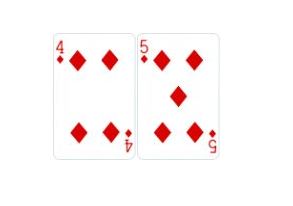
The flop comes: 6h Ad Qd
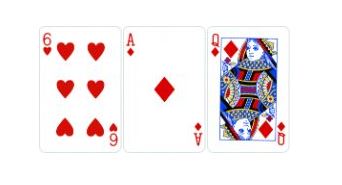
He bets $0.40c and we call.
Turn card comes: Kc.

He bets $1.15 and we fold.
Explanation
Unlike the other mindsets, a drawing scenario can be used with multiple mindsets. For instance, you can turn it into a bluff or semi bluff. The more common way of playing draws on turn is to use basic pot odds to calculate the profitability of a call. In the scenario above, we have a low a flush draw on a high connected board. Our opponent is firing every round and given his tight image, is likely to be holding a hand two pair or better.
With a pot size of $2.70 and needing to call $1.15, we are need around 30% equity. (Amount to call divide by pot size + amount to call). Assuming 9 diamonds give us the win, we are only like to hit around 18% of the time. This is where more maths is needed as players can, if necessary, work out implied odds i.e. how much can they reasonably expect to win if they hit their card. Given the opponent is a nit though, the fold seems fine here.
Final Thoughts on Turn Poker Strategy
I hope the examples in this article are useful. By understanding that your hand and the scenario in front of you can be seen as a mindset, instead of playing on auto-pilot, you will be prepared to make correct decisions when playing the turn. Moreover, you will in also be better placed for the river. By implementing the appropriate attitude on the turn, the pot size should be in line with your plans.
If you are keen to improve at Texas Hold’em and considering some form of Texas Hold’em training, why not book in a free 30 minute consultation with us? Click below, answer the questions and we will be in touch to have a chat.

This article was written in 2021 and has been updated.
